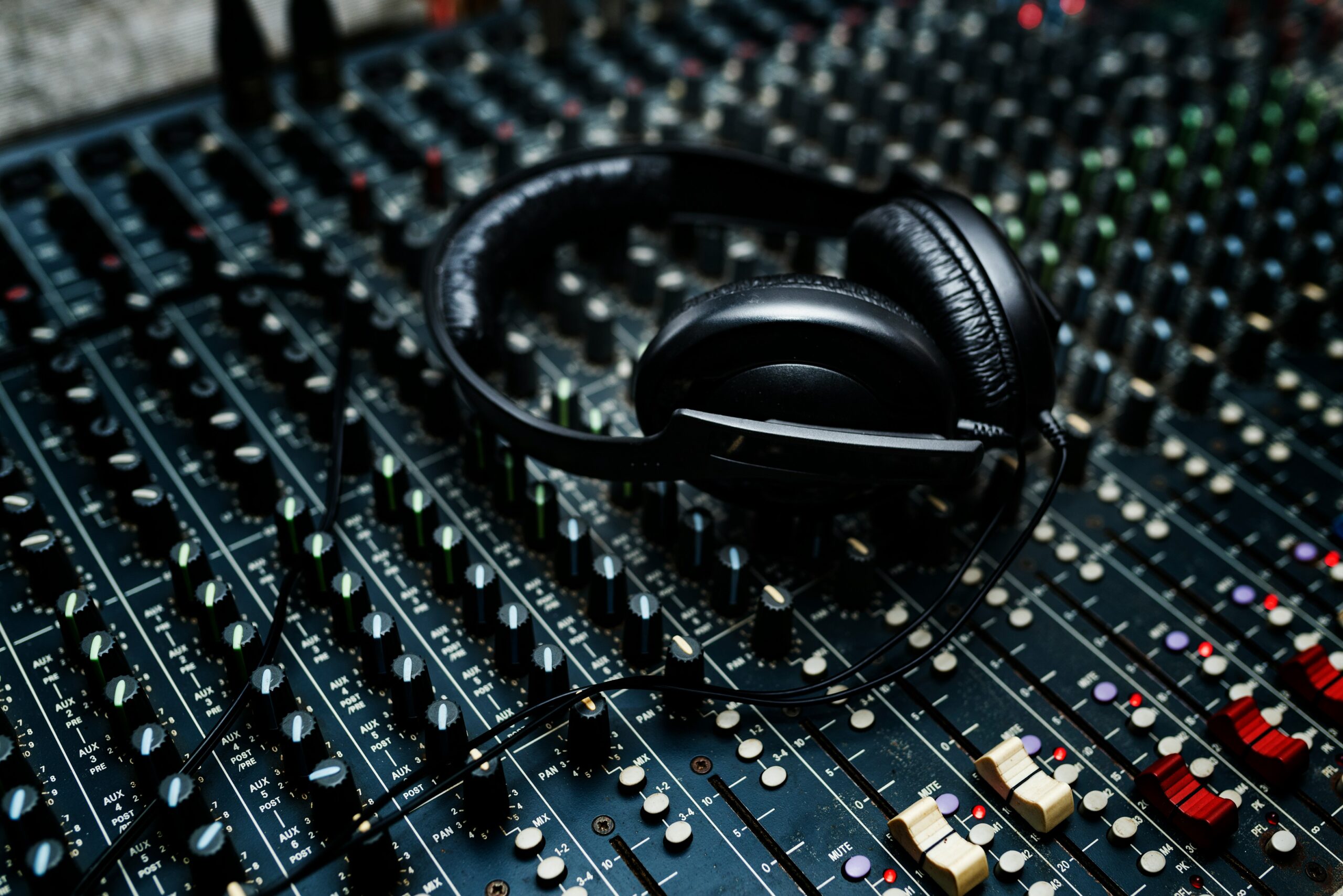
Over the past decade, the field of audio engineering has undergone a dramatic transformation. From the era of analog sound to the rise of artificial intelligence (AI), technological advancements have redefined how audio is recorded, processed, and experienced. This evolution has improved sound quality and expanded creative possibilities for musicians, sound designers, and producers worldwide. As the industry moves forward, it becomes clear that AI-driven innovation is shaping the future of audio in unprecedented ways.
The Legacy of Analog Sound: A Foundation for Innovation
Before the digital revolution, analog technology dominated the audio landscape. Vinyl records, magnetic tape, and tube amplifiers defined the golden era of sound recording. Engineers relied on intricate analog circuits and mechanical precision to capture sound with warmth and depth. While analog equipment had limitations, such as degradation over time and susceptibility to noise, it provided a level of musicality that many still cherish today. The tactile nature of working with analog gear also contributed to the artistry of sound engineering, creating an organic connection between the engineer and the equipment.
The Shift to Digital: Unlocking New Possibilities
The transition from analog to digital audio marked a turning point in the industry. Digital Audio Workstations (DAWs) revolutionized music production by offering greater flexibility, precision, and efficiency. High-resolution digital recording allowed for pristine sound reproduction, while non-destructive editing enabled engineers to manipulate audio without compromising quality. Plug-ins and virtual instruments expanded creative horizons, making professional-quality production accessible to a broader audience. Despite initial skepticism, digital technology quickly proved its ability to match—and, in some cases, surpass—the capabilities of analog systems.
Artificial Intelligence in Audio: A New Era of Creativity
The introduction of AI in audio engineering has brought groundbreaking advancements that redefine how sound is created and processed. AI-driven algorithms can now analyze and enhance audio with remarkable accuracy, reducing noise, improving clarity, and restoring damaged recordings. Machine learning enables software to adapt to different sound profiles, optimizing real-time audio quality. This has particularly benefited fields such as podcasting, live broadcasting, and film production, where high-quality sound is essential.
Automated Mixing and Mastering: Redefining Production Standards
One of AI’s most significant contributions to audio engineering is automating mixing and mastering. AI-powered platforms can now analyze a track’s sonic characteristics and apply adjustments that mimic the expertise of professional engineers. This has democratized music production, allowing independent artists to achieve polished, radio-ready sound without needing access to expensive studios or skilled mastering engineers. While some purists argue that AI lacks the human touch, the technology continues to improve, bridging the gap between automation and artistry.
Voice Synthesis and AI-Generated Music: A New Frontier
Advancements in AI have also led to impressive developments in voice synthesis and AI-generated music. Speech synthesis technology, such as text-to-speech systems, has reached a level where synthetic voices sound almost indistinguishable from human vocals. This has significant implications for the entertainment industry, enabling voice-over work, audiobook narration, and even virtual singers to be created entirely by AI.
AI-generated music has also become a reality, with algorithms composing original pieces in various genres. These systems analyze vast amounts of musical data to generate melodies, harmonies, and rhythms that mimic human creativity. While AI-generated music is still in its early stages, it raises thought-provoking questions about the role of artificial intelligence in the creative process.
Real-Time Audio Enhancement: Improving Live Experiences
Live sound engineering has dramatically benefited from AI-powered real-time audio enhancement. Automated mixing consoles with machine learning algorithms can adapt to changing acoustics, optimizing sound balance during performances. AI-driven noise reduction and feedback suppression ensure a cleaner audio experience in crowded environments. These innovations have made live sound engineering more efficient and reliable, allowing engineers to focus on artistic aspects rather than technical troubleshooting.
The Role of AI in Sound Restoration and Archiving
Preserving historical audio recordings has always been challenging due to degradation over time. AI has revolutionized sound restoration by enabling advanced noise reduction, de-reverberation, and frequency analysis techniques. These tools allow archivists to recover and enhance vintage recordings, preserving cultural and musical heritage for future generations. AI-powered algorithms can also assist in separating individual instruments from mono recordings, offering new possibilities for remixing and remastering classic tracks.
Ethical Considerations and Challenges of AI in Audio Engineering
While AI-driven advancements have significantly improved audio engineering, they also present ethical and creative challenges. The ability to generate human-like voices raises concerns about deepfake technology and its potential for misuse. Additionally, AI-generated music challenges traditional notions of authorship and intellectual property rights. As AI evolves, industry leaders must navigate these ethical dilemmas while ensuring technology enhances rather than diminishes human creativity.
The Future of Audio Engineering: A Blend of Tradition and Innovation
The next decade promises further advancements in audio engineering, with AI playing an even more integral role. However, the human touch will always remain essential in shaping sound. The fusion of traditional techniques with cutting-edge AI technology will define the future of audio production. Artists and engineers who embrace both the warmth of analog and the precision of AI will find themselves at the forefront of innovation.
A Harmonious Future
The journey from analog to AI-driven audio engineering has continuously evolved. Each technological leap has brought new creative possibilities, enhancing how sound is recorded, processed, and experienced. While AI is reshaping the industry, the synergy between human ingenuity and technological advancement will ultimately drive the future of audio. As the industry moves forward, embracing past traditions and future innovations will ensure that sound art continues to thrive.